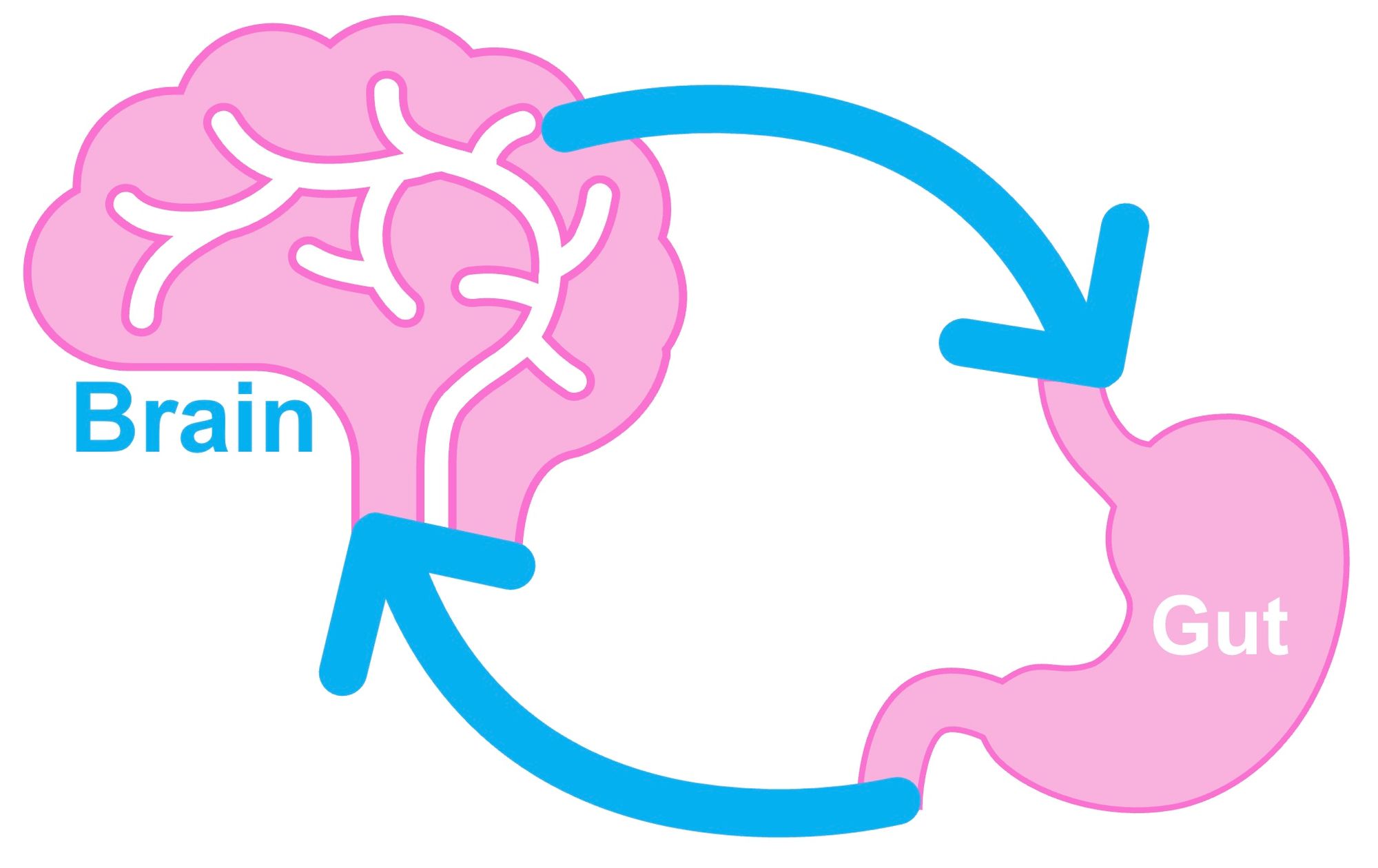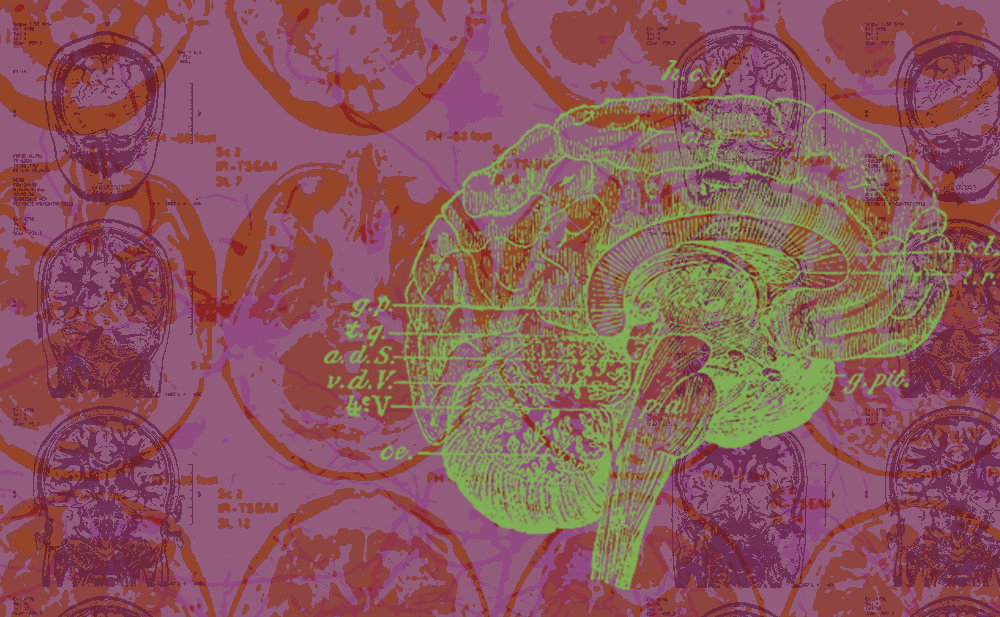What do the bacteria in our gut have to do with Alzheimer’s Disease in the brain? A recent paper has revealed a potential link between gut bacteria and the deterioration of brain cells in mice. By Mollie Huggins.
What do the bacteria in our gut have to do with Alzheimer’s Disease in the brain? A recent study has revealed a potential link between gut bacteria and the deterioration of brain cells in mice.
The impacts of neurodegenerative disease are often far-reaching, life-changing for the sufferer and their family who may be hurled into the role of a carer. Diseases like Alzheimer’s currently have very few treatment options available which can be a source of anxiety for carers and patients.Therefore, research into the cause is vital for developing new treatments.
Though the benefits of gut bacteria are well-understood and much discussed, evidence of their connection to neurodegenerative diseases is just emerging. What is the link between these two seemingly unrelated parts of the body?
Though it may sound odd, the connection between the gut and brain is not a new idea. Our digestive tracts are lined with millions of nerve cells that communicate with the brain along the Gut-Brain Axis; this two-way dialogue allows the brain to influence the gut and vice versa. The link between gut bacteria and disorders in the brain is an even newer idea.

AD is a neurodegenerative disorder which belongs to a group of diseases under dementia. characterised by the loss of brain tissue and eventual deterioration of cognitive abilities, it can impact language, memory, mood and hearing capabilities of sufferers.The search for treatments and management for AD is still ongoing and the trigger for what starts the progression of the disease is yet to be discovered.
In this paper, researchers focused on a particular guilty protein known to be involved in AD named tau. When tau gathers in a neuron it can cause cell death, leading to the loss of brain tissue. Tau is also associated with the inflammation that causes neurons to deteriorate in Alzheimer’s patients.
Researchers genetically modified mice to develop a build-up of the tau protein in their brain to investigate the influence of gut bacteria. The mice either had normal and healthy gut bacteria or they had no gut bacteria at all. It was found that mice with no gut bacteria had less neuron deterioration caused by tau and lower levels of inflammation. This is important as inflammation in the brain is caused by glial cells, the activity of which is regulated by gut bacteria. This decrease in inflammation in mice with no gut bacteria demonstrates how the gut might influence activities in the brain.
The conclusion that gut bacteria can regulate tau-associated neuron deterioration is promising for new treatments but limitations of such studies should always be considered. For example, using mice to imitate human AD has its disadvantages as only one aspect of AD was mimicked – tau protein build-up – when in reality, there are lots of different contributors to the disease. Although we share some species of pro- and anti-inflammatory bacteria with mice, the composition of gut flora is largely determined by diet. This creates differences in the species of bacteria and quantities that live in the gut of mice and humans. Therefore, the interaction between the gut and activities in the brain could be different too.
AD progresses slowly over the span of many years with pre-clinical symptoms occurring decades before clinical symptoms, with this study spanning only a few days. Therefore, the longer-term association between gut bacteria and AD cannot be confidently extrapolated. Though it’s possible that the effect of gut bacteria does not last years, without long-term study it is hard to tell what the connection is over the natural progression of the disease. However, the expense associated with studies lasting many years is itself an obstacle for researchers.
This paper has shed light on the intriguing connection between the gut and the brain in mice. Though the results from this mice study should be viewed with a certain amount of caution, the possibility of a new approach to treating AD emerging from the gut microbiome is promising. Nevertheless, this is still an exciting new avenue for research that is yet to be fully explored with great potential to enhance and build upon our understanding of AD. This could guide new treatments, lifestyle changes and improve diagnosis to prevent the onset of this destructive disease.
References:
Cover Image: V. Rajavat, UCL Science Magazine Graphic Designer
- A recent study:
Seo D-oh, O’Donnell D, Jain N, Ulrich JD, Herz J, Li Y, et al. ApoE isoform– and microbiota-dependent progression of neurodegeneration in a mouse model of tauopathy. Science. 2023; 379 (6628).
https://www.science.org/doi/10.1126/science.add1236
- Gut-Brain Axis:
The Brain-Gut Connection; https://www.hopkinsmedicine.org/health/wellness-and-prevention/the-brain-gut-connection [Accessed 22/10/2023]
- Glial cells:
Shi Y, Manis M, Long J, Wang K, Sullivan PM, Remolina Serrano J, et al. Microglia Drive APOE-dependent neurodegeneration in a tauopathy mouse model. Journal of Experimental Medicine. 2019;216(11):2546–61.





